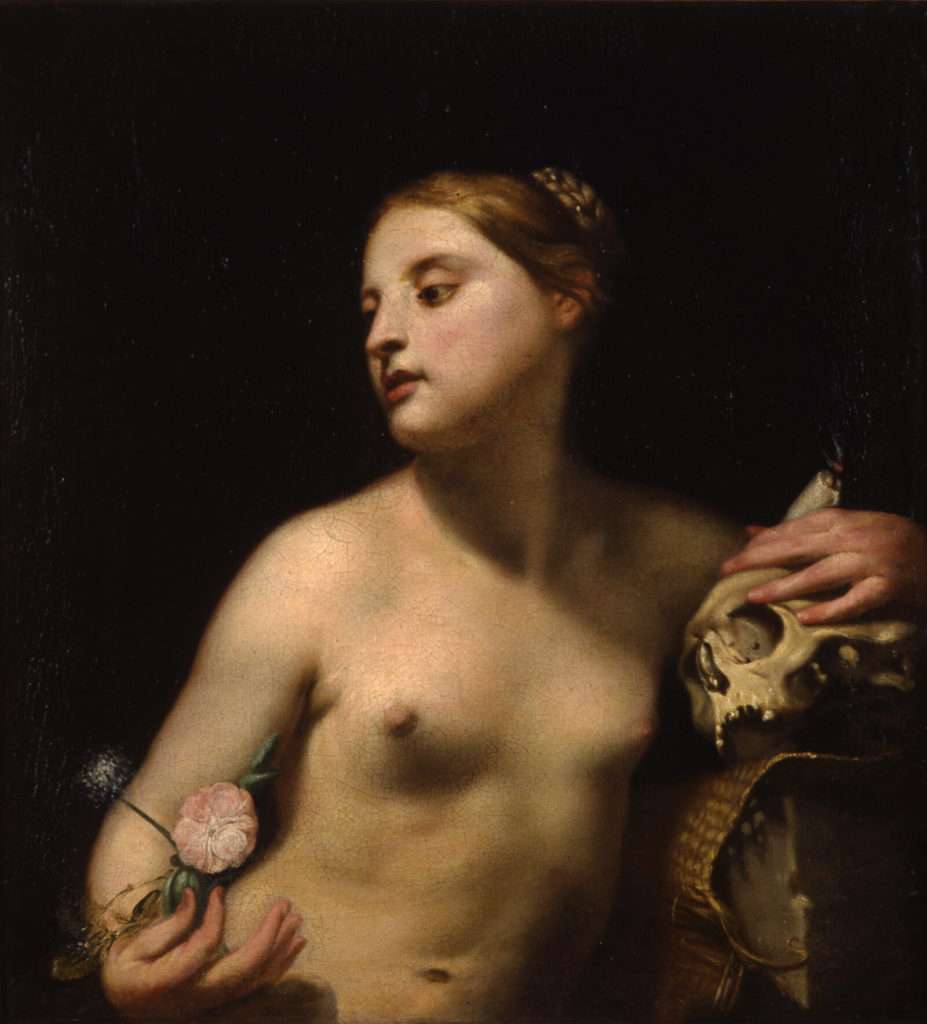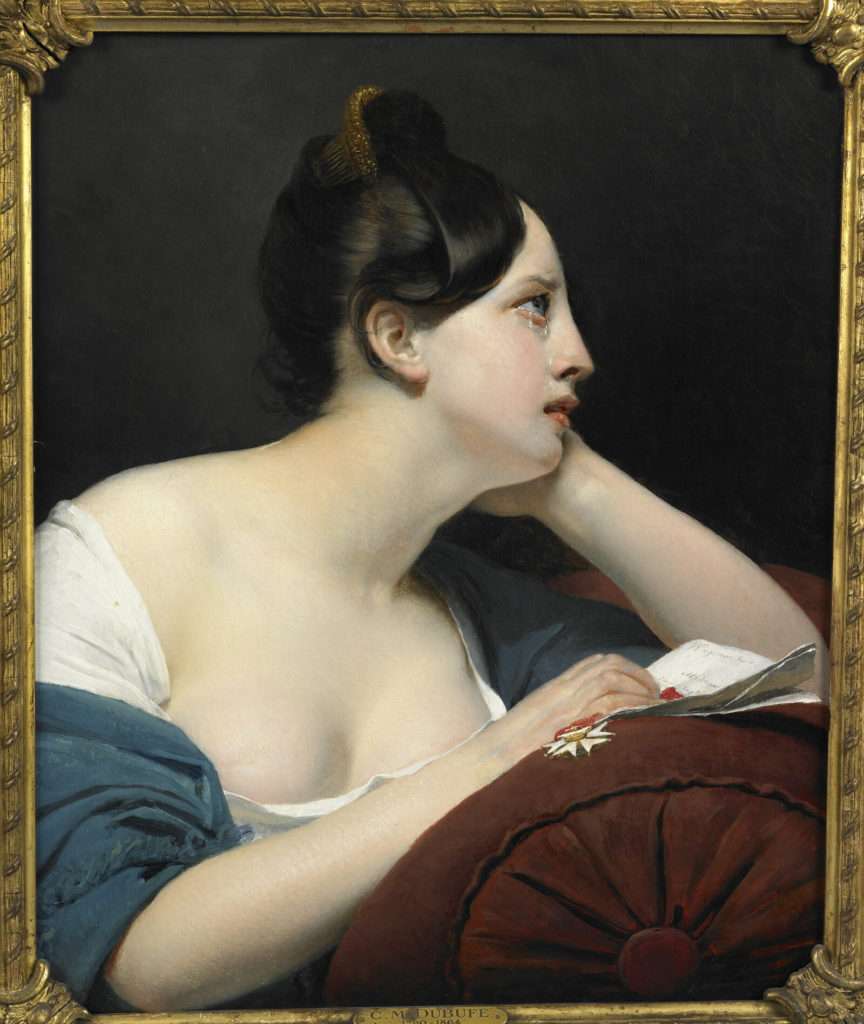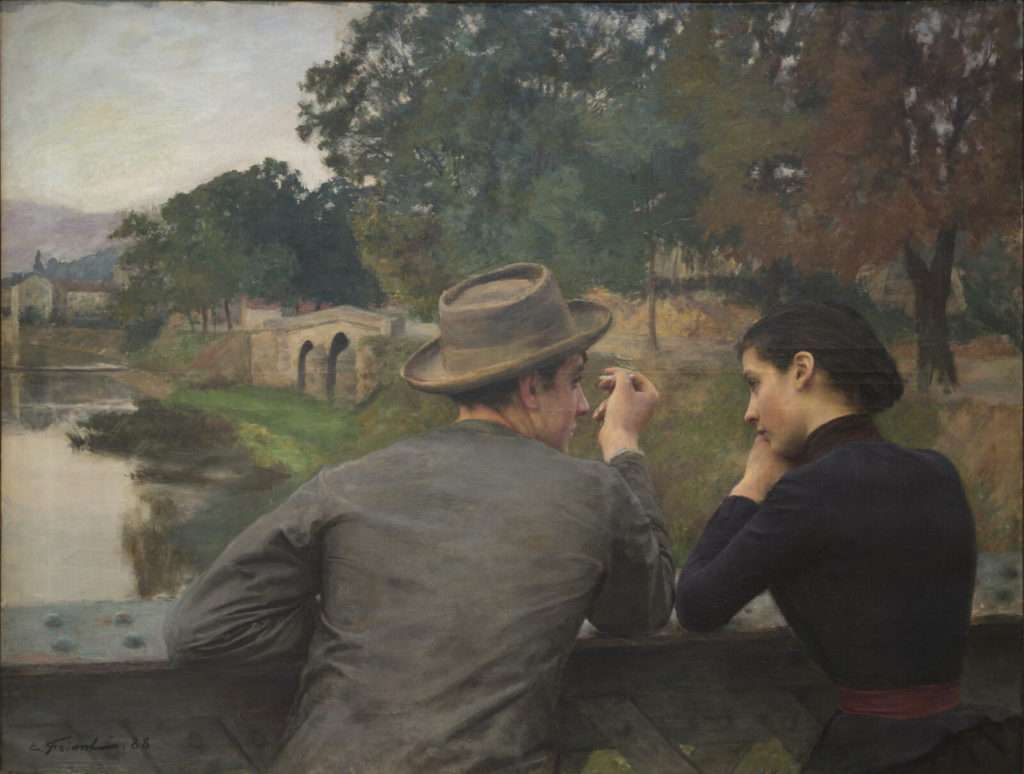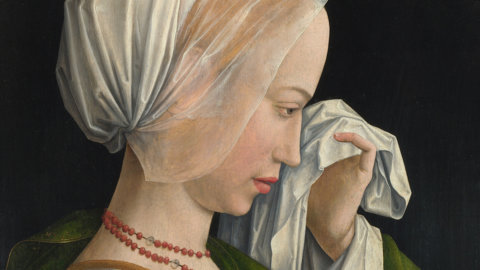A collection of eighty works from the Middle Ages to the present day, coming from both private collections and prestigious French and international museums, the exhibition traces the history of emotions and their pictorial expression from the fourteenth to the twenty-first century.

© Marc Jeanneteau/Musée de Picardie
Emotion, with its "often intense reactions", is always present in the visual arts, interpreted and declined. All the expressions are illustrated there: from suffering to joy, from enthusiasm to terror, from pleasure to pain, which Louis-Léopold Boilly was able to review in his Thirty-five expressive works (about 1825, Tourcoing, Eugène Leroy Museum), repertoire of a theater where human sensitivity is exposed and diversified.

© C. Lancien, C. Loisel /Réunion des Musées Métropolitains Rouen Normandie
From the Middle Ages to modern times, Dürer's Melancholy (1514, Paris, National School of Fine Arts), the emotions of young hearts (Jeanne-Élisabeth Chaudet, Young girl mourning the dead dove, 1805, Arras, Museum des beaux-arts ), the expression heads of the Paris School of Fine Arts or the terror that confers madness as painted by Charles Louis Müller (Rachel in Lady Macbeth, Paris, museum of art and history of Judaism) are all manifestations of feelings. The exhibition suggests the infinite repertoire of affective resonances of our inner world, their presence or absence from the silent medieval ivories, up to their howling sublimation in the heads of hostages (1945, Paris, Musée national d'Art modern, Center Georges Pompidou) by Jean Fautrier.

© Amy McCormick Memorial Collection / Bridgeman Images.
Emotional works are enriched, gazes are renewed, intensities and interpretations differ. The former melancholy becomes neurasthenia (Émile Signol, La Folie de la fiancée de Lammermoor, 1850, Tours, Museum of Fine Arts), the former violence becomes execration (Pablo Picasso, La Suppliante, 1937, Paris, Picasso Museum).L Emotion then offers infinite nuances, which history only enriches and identifies. The 8 sections of the exhibition illustrate the slow transcription of emotions by the artists, then its evolution over time, in the light of aesthetic and scientific reflections or of the events that have taken place.
The exhibition is the result of a collaboration between Georges Vigarello, historian and philosophy professor, and Dominique Lobstein, art historian.
On the cover: Detail – Sainte Madeleine en pleurs – The National Gallery, London





